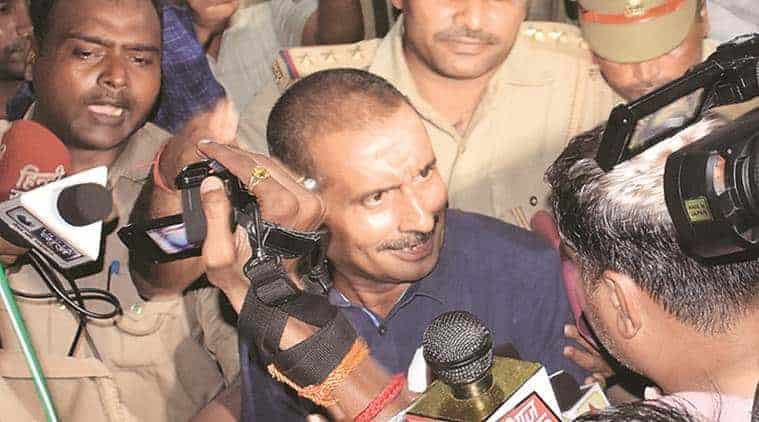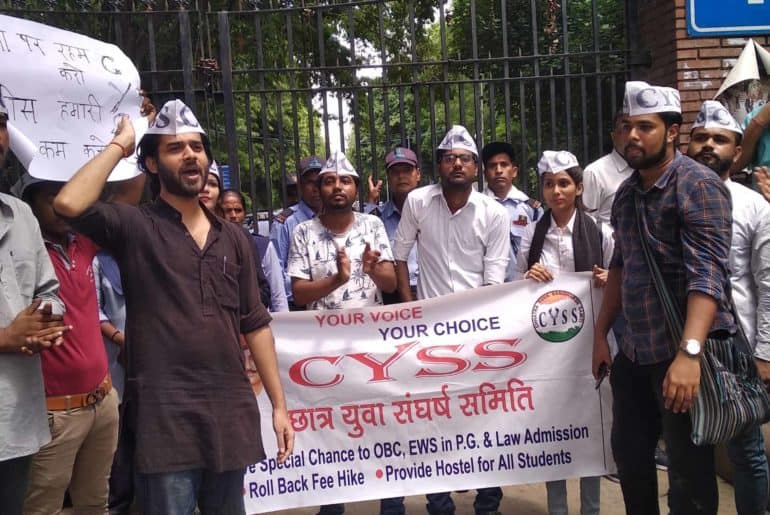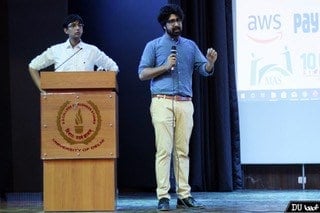In the light of the recent Unnao rape and assault case, it can be discerned that there is a double-edged sword of patriarchy and poverty looming over the justice system for crimes against women.
In 2017, 17-year-old goes missing from her village, Mankhi in Uttar Pradesh. She was allegedly gang-raped by BJP MLA Kuldeep Singh Sengar, his brother Atul Singh and their goons. The only association she had with the four-time Member of Legislative Assembly (MLA) from Bangermau was that she had approached him for a job. Her family filed a missing person case with the police, and the girl was found in Auraiya village, two weeks later.
The next day, a case under Section 363 (kidnapping) of the Indian Penal Code (IPC) was registered against the men. The next developments, in this case, took place more than a year later, when in April 2018, Sengar was arrested days after the girl threatened to set herself aflame outside Uttar Pradesh (UP) Chief Minister Yogi Adityanath’s residence in Lucknow. In the meantime, her father was arrested in an arms case and died in police custody. It has been alleged that the Central Bureau of Investigation (CBI) has deliberately left out the names of MLA Sengar and his brother in the case of the victim’s father’s death.
in the face of such brazen show of power, the family wrote to the Chief Justice of India on July 12, requesting refuge in the face of grave danger from the accused. Earlier last month, the uncle of the survivor was convicted in a 19-year-old case of attempt to murder that had been filed by Atul Singh. A few days later, in Rae Bareli, a truck-car collision (where the number-plate of the truck had been blackened) left the girl and her lawyer critically injured and two of her aunts were killed in the accident. The truck-driver and cleaner of this truck have been asked to undergo a narco test by the CBI.
Currently, the victim is battling for her life at the All India Institute of Medical Sciences (AIIMS), Delhi now with multiple fractures, head and chest injuries, her lawyer is also on ventilator support. Meanwhile, the CBI has promised to take action against the Station House Officer (SHO) of Mankhi for causing deliberate delays in recording the victim’s complaints.
On August 1st, MLA Sengar was expelled by the central leadership of his political party and the Supreme Court transferred five cases of crimes committed against the rape survivor and her family from a CBI court in Lucknow to its counterpart in Delhi and ordered the UP government to pay her INR 25 lakh as interim compensation. The Tis Hazari court of Delhi has also found prima facie evidence to frame charges of rape, kidnapping, and criminal conspiracy against Sengar. He will also be charged under some sections of the Protection of Children from Sexual Offences (POCSO) Act.
UP has a high rate of crimes against women, mainly because many are reported, unlike in some other States. According to National Crime Records Bureau figures, released in 2016 – the last time data were uploaded – of the 38,947 cases of rape reported, the second highest was from U.P. (4,816). As for all crimes against women, Uttar Pradesh reported 14.5% (49,262 out of 3,38,954 cases) of the total, according to a report by The Hindu.
In a state where the abuse of power by virtue of political or bureaucratic connections has been the norm, the delivery of justice to the poor and backward sections of the society has always been a concern for law-keepers and policy-makers. In the specific context of crimes against women, there is also the added layer of complexity with respect to the inherent patriarchal values that have been normalised in the psyche of people for ages. The compensation to the victim and her family might bring some relief, despite the inordinate delay in justice but the reality is that even seven years since the shocking Nirbhaya case of Delhi, nothing changes on ground-zero. German professor Maria Mies once said, ‘Peace in patriarchy is a war against women,’ a statement that aptly summarises the reality of the justice system with respect to crimes against women in our country.
The rampant impunity of crimes against women and the outrageously unsafe living conditions in our society have failed each female of our nation, each day.
Image Caption: Accused MLA Kuldeep Sengar from Bangermau, Uttar Pradesh
Image Credits: Indian Express
Bhavya Pandey












